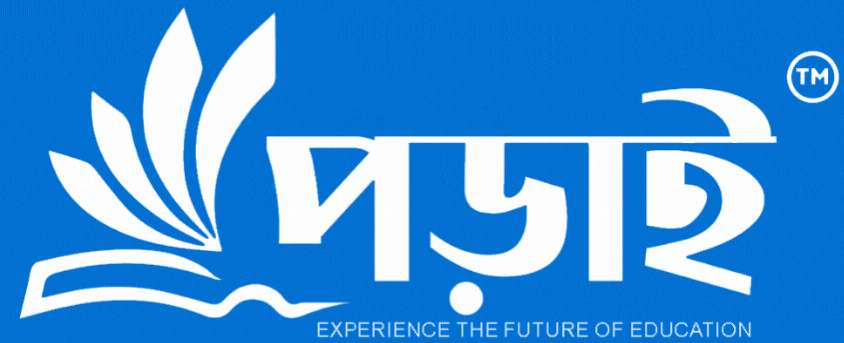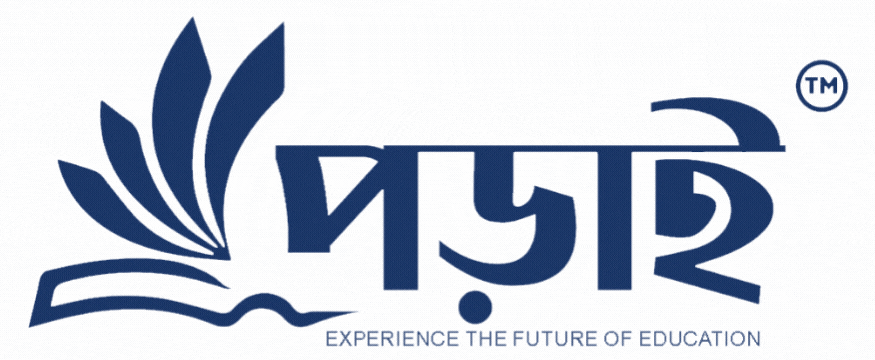The Rise of Remote Learning in Bangladesh because of Corona Pandemic
While countries’ COVID-19 infection rates change rapidly, there are currently more than 1.2 billion children in 186 countries affected by school closures due to the pandemic. With this abrupt shift away from the classroom in many parts of the world, some are wondering if the acceptance of digital learning will continue post-pandemic, and how such a transition would impact the global education sector.
Even prior to COVID-19, there was rapid growth and adoption of educational technology. Since COVID-19, there has been a significant increase in usage of language apps, virtual tutoring, video conferencing tools, and online learning software.
Many online learning platforms are offering free access to their services in response to high demand, including Porai, a Bangladesh-based educational technology and online tutoring firm founded in 2021 that now aspires to be the world’s most valuable edtech company. Porai has seen a 200 percent increase in the number of new students and teachers since announcing free live classes beginning March 1, 2022.
What does this mean for the future of learning?
While some believe that the unplanned and rapid transition to online learning – with no mentoring, insufficient internet speed, and little preparation – will result in a poor user experience that will be detrimental to long-term growth, others believe that a new hybrid model of education will emerge, with important advantages. Many specialists believe that the integration of information technology in education will be enhanced further, and that online education will eventually become a standard component of school education even after this corona pandemic.
Many universities have already made successful transitions. For example, without exception, all of our country’s private universities have been able to continue their courses. After only two weeks into the pandemic and of using digital learning tools, many centers have more courses online. Imperial College London began offering a course on the science of coronaviruses, which is now the most enrolled class on Coursera for 2020.
Many people are already talking up the advantages of digital learning tools as well. Dr. Hossain, a Professor at The University of Rajshahi, says, “The Corona situation has changed the way we teach. It essentially allows me to reach out to my students more efficiently and effectively, especially during this pandemic, through chat groups, video meetings, voting, and document sharing. Porai makes it easier for my students to communicate as well. I will continue to use Porai even after the coronavirus because I believe traditional offline learning and e-learning can coexist.”
Differences Between Traditional Teaching & Remote Teaching
Every year, the controversy between online learning and traditional teaching becomes more tense. As a result of the Corona issue, students in various locales were obliged to attend online video lessons from their homes. As a result, all homework assignments were forced to take place on the internet. Is it, however, a promising option for education? Let’s have a look at the differences and similarities to see who comes out on top!

Similarities between online and traditional learning
Despite the fact that there are more differences than parallels between face-to-face and online learning, the major striking similarity is that they are both effective.
We can’t think that digital education is better than traditional education, or that traditional learning is more effective than online learning. It is unquestionably dependent on the learning area of study and how efficiency is assessed. However, it appears that online learning is a comprehensive substitute for classroom sessions. There is abundant proof that students learn just as much online classroom such as Porai, as they do in traditional classrooms.
How future educational institutions will run their campus?
Education is on the rise as a result of a growing worldwide population with a strong desire to learn. But how can today’s schools and colleges prepare students for a world that has yet to be created?
Many elements, such as enormous global forces and unforeseeable technologies, are shaping what schools may look like in 50 years. Rafel Kabir believes that educators will need to be more ambitious, participatory, creative, and progressive in the future. As consumers of education, learners will be even more comfortable with technology, demanding, assertive, and engaged.
It’s critical to consider what we can do now to plan for the future so that we can address current needs. Here are a few areas where schools can concentrate their efforts in order to ensure that education has a bright future
Digital classrooms will be the new norm
Gone are the days when students had to adhere to rigid timetables and stiff academic bounds. The students of today are digitally literate. They’re used to receiving information and having their demands met with a simple push of a button in a user-friendly, personalized, and adjustable manner. Future educators will have to contend with the fact that pupils will require and desire flexible, personalized learning. For some, this may imply a more technologically oriented classroom. Students will want their educational experience to be tailored to their specific interests, time limits, and academic requirements. When it comes to taking responsibility for their own learning, students will be active participants and will be able to cultivate technological and transportable abilities.
Student-focused learning will be essential
In addition to personalization, students desire more participation in their education rather than just attending class. Education will be more about project-based learning as greater levels of thinking and learning necessitate more student ownership. Students might be able to pick what they are going to study, how they can learn, and what projects they engage in in school. Students will be able to choose how many online courses and how many on-campus courses they pursue each year, combining both mediums, thanks to study alternatives that will go as far as blended learning.
How the Curriculum of The Future will Look Like
In addition to personalization, students desire more participation in their education rather than just attending class. Education will be more about project-based learning as greater levels of thinking and learning necessitate more student ownership. Students might be able to pick what they are going to study, how they can learn, and what projects they engage in in school. Students will be able to choose how many online courses and how many on-campus courses they pursue each year, combining both mediums, thanks to study alternatives that will go as far as blended learning.
Future Learning Environment
To better meet the requirements of kids, schools will need to reimagine the classroom learning environment. The learning environment should encourage inventive and creative thinking.
It will be much simpler to go to other countries for school and work. So, whether you participate in an exchange program, study overseas for a term, or complete your full degree in a different nation, such activities will allow you to meet, work with, and live with people from many walks of life, cultures, colors, and religions. Such overseas experiences can enhance your learning and allow you to appreciate and understand the perspectives of others, which can help you prepare for a profession in a worldwide context.
Teacher-student relationship
Students will anticipate greater mentorship from their teachers in 50 years, which is now not the case in most institutions. Because more students will learn and acquire knowledge outside of the classroom, future teachers will need to embrace a variety of methods for keeping accessible and connecting with their learners, such as social networking sites, virtual communities, Google Hangouts, Twitter conversations, and more.
Gaining real-world experience will be on top priority list
Schools will need to provide additional opportunities for pupils to get practical experience that will help them in their future employment. Giving kids the opportunity to put their skills to the test before they leave school is ideal. However, gaining real life experience while still in classroom is not always accessible for all students. Some schools lack links to industries that can provide professional assistance or places where kids can watch and learn beyond the classroom at present time. Educational institutions will support all talents that students can take with them as they strive toward a university degree or possibly a profession in the future.
Incorporating technology will no longer be a perk, but a necessity
Many institutions already have or are planning to have one-to-one gadgets. Our next task is to get kids to use technology; if we merely think of technology as a better tool for administering and grading tests, we’ll miss the train. In
certain parts of the country, cell phones and social media are still prohibited in the classroom. In 50 years, new technology will be used in the classroom to supplement teachers’ lessons. A science lesson, for instance, might discuss bioprinting and how it can be utilized create artificial arms to improve people’s lives.
We now have the technology, but do we have the mindset and pedagogy to maximize the genuine impact of student incorporating technology in the class? I’ll say yes in 50 years. Hopefully, our pedagogy will alter sooner rather than later.

